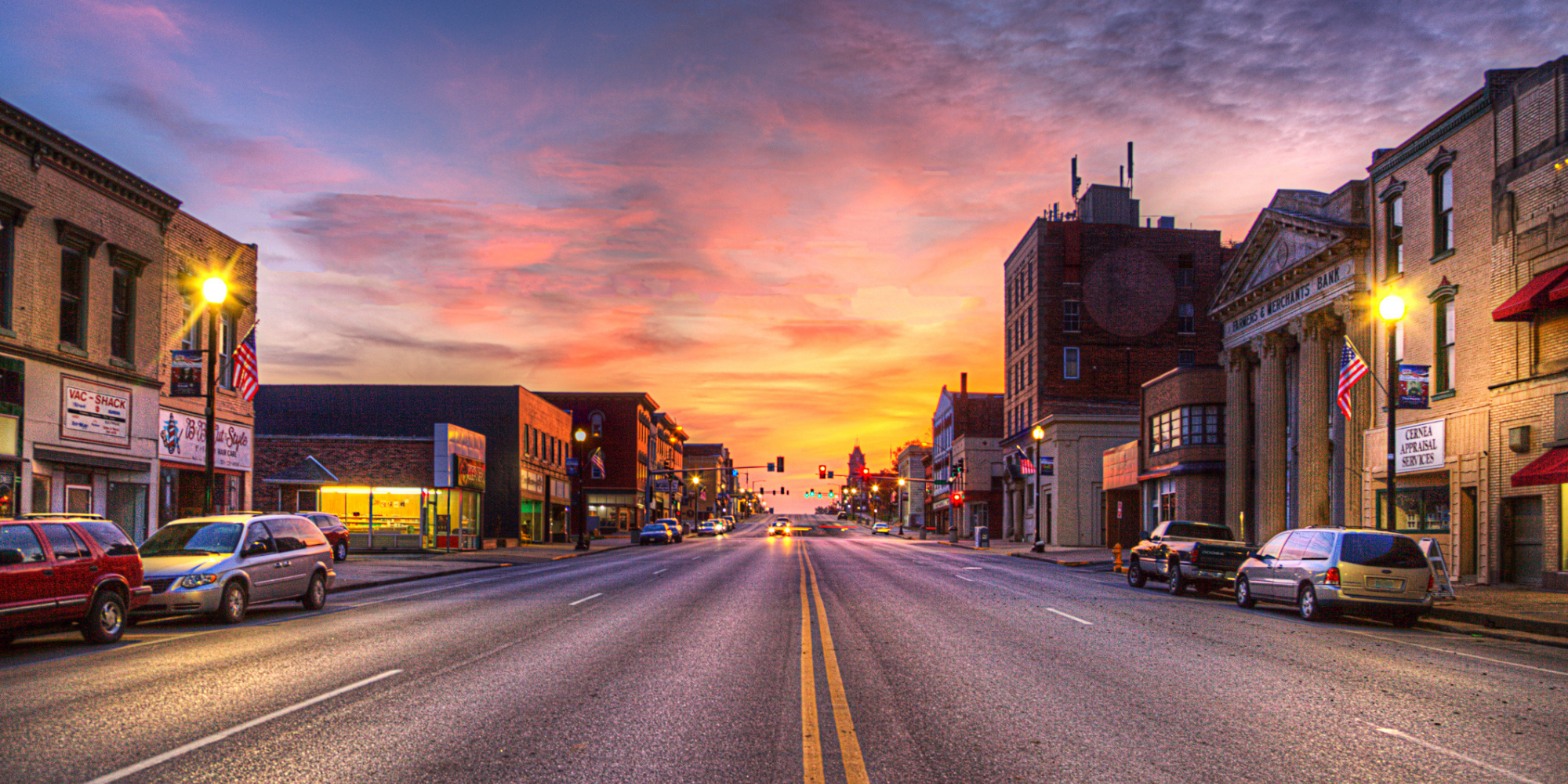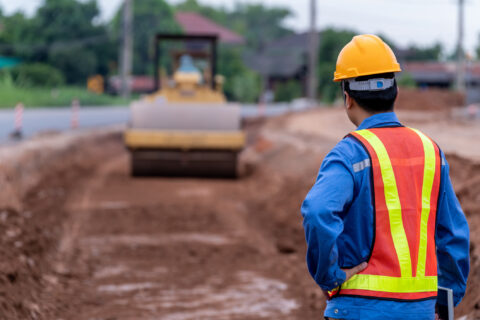Transportation is a key area for federal-local partnership, and cities have been calling on Congress to step up meeting their portion of the demand for more reliable infrastructure. America’s cities depend on roads, rail, and transit to keep their residents moving and our economy humming. Now, the Senate’s bipartisan Infrastructure Investment and Jobs Act (IIJA) has the potential to pump up federal investments in transportation through a variety of existing and new programs that cities can take advantage of if they are ready, and if the House sends the package to the President’s desk for his signature.

Infrastructure Primed for Passage
While the IIJA has already passed the Senate, the House is currently discussing voting on the infrastructure proposal next Monday. Congress is also struggling with their reconciliation budget and a need to raise the debt ceiling which may delay votes. The National League of Cities is continuing to call for passage of the IIJA along with local priorities in the budget negotiations and cooperation on the debt ceiling. Congress and the administration must find a way to work together to raise the debt ceiling before harm is done to our national economy and creates downstream impacts that will compound the challenges cities, towns, and villages are already facing.
While we wait for Congress to act on the IIJA, there are some new programs within the bill that can support cities’ transportation projects that have been waiting in the wings and meet some clear needs for cities and towns:
- Allowing cities direct access to federal support for safety projects that can reduce the number of deaths on our roads.
- Investing in small multimodal projects with economic value but limited budgets.
- Reducing rail crossing incidents by deconflicting the congestion pain points caused by rail-road intersections in both urban and rural areas.
Below is an introduction to these three new programs, and we look forward to highlighting more of the great transportation programs included in the IIJA as it hopefully advances and becomes law.
“Safe Streets and Roads for All” (Section 24112)
The Secretary will establish a new “Safe Streets and Roads for All” program, that supports $5 billion in local initiatives to prevent death and serious injury on roads and streets, commonly referred to as ‘‘Vision Zero’’ or ‘‘Toward Zero Deaths’’ initiatives. The program will offer competitive grants to:
- Develop a comprehensive safety action plan;
- Conduct planning, design, and development activities for projects and strategies identified in a comprehensive safety action plan; or
- Carry out projects and strategies identified in a comprehensive safety action plan.
How to Get Started
Almost every safety effort starts with a key question – Where are road safety incidents happening in your community? NLC has partnered with the Federal Highway Administration on a road safety mini-series which highlights several ways cities can begin to have a local road safety conversation, and our next webinar will be on October 5th on Complete Streets strategies for cities.
Many cities and towns have gotten their start by building out a “Vision Zero” Plan or a Local Road Safety Plan using the FHWA’s do-it-yourself process at http://www.safety.fhwa.dot.gov/LRSPDIY. A Local Road Safety Plan provides a framework for identifying, analyzing, and prioritizing roadway safety improvements on local roads which, of course, must be tailored to local issues and needs. The process results in a prioritized list of issues, risks, actions, and improvements that can be used to reduce fatalities and serious injuries on the local road network, and it can be a great starting point for gathering the information you need to build a plan and to be ready to apply for the new “Safe Streets and Roads for All” program when it’s available.
Local and Regional Project Assistance (Section 21202)
Following in the success of USDOT’s competitive programs like RAISE and INFRA, Congress doubles down on this approach for grants at the discretion of the USDOT with the creation of the Local and Regional Project Assistance program with a goal to fund eligible projects of $25 million or less that will have a significant local or regional impact and improve transportation infrastructure. Local governments and partnership among government and transportation entities are eligible entities for grants.
Primary Selection Criteria:
- improves safety;
- improves environmental sustainability;
- improves the quality of life of rural areas or urbanized areas;
- increases economic competitiveness and opportunity, including increasing tourism opportunities;
- improves mobility and community connectivity.
Additional Selection Criteria:
- sponsors collaborated with other public and private entities;
- adopts innovative technologies or techniques, including—innovative technology; innovative project delivery techniques; and innovative project financing;
- demonstrated readiness; and
- cost effective.
For urbanized areas of 200,000 people, a grant would not be less than $5 million, and not less than $1 million for a rural area. Generally, the grant is capped at 80% federal share, but exceptions can be made for a rural area, a historically disadvantaged community, or an area of persistent poverty.
How to Get Started
This program has tremendous potential to fulfill projects that are larger than one city can handle with larger economic benefits and those that include multiple modes of transportation. For projects that were too small for RAISE, medium to large projects now have a potential path outside of traditional formula programs.
However, this program will come out quickly – Congress has given the USDOT Secretary a deadline for releasing public notice on the program a mere 60 days after funds are available and 270 days until awards should be made.
Railroad Crossing Elimination Program (Section 22104)
NLC worked with Senate Commerce Chair Maria Cantwell to create a new $3 billion Railroad Crossing Elimination Program in addition to the existing Consolidated Rail Infrastructure and Safety Improvements Program (CRISI) which received $5 billion. Collectively, cities are now eligible for both which can be used to deconflict the rail and road congestion and safety pain points in communities across the country. Both will follow the CRISI program eligibilities (Title 29, Section 22907).
How to Get Started
Given the significant number of railroad crossings which are experiencing blockages and the needs across the country, cities should consider the current notice of funding for the CRISI program as well as the eligible projects list and past awarded projects as starting point for preparing to apply for both current and new funds.
Make Your Voice Heard
NLC has called on Congress to support local priorities and to act on the debt ceiling, reconciliation budget, and infrastructure bill.
To support these efforts, you can highlight your own local connectivity efforts to your congressional delegation using NLC’s advocacy tools.









